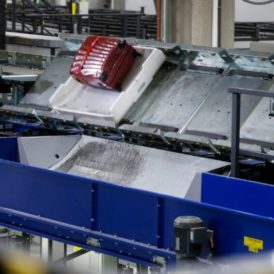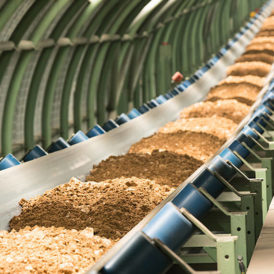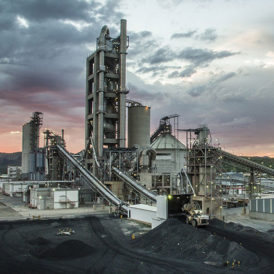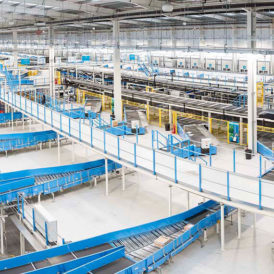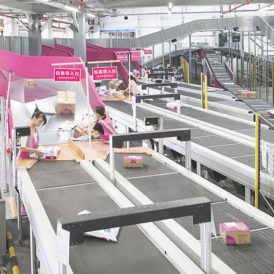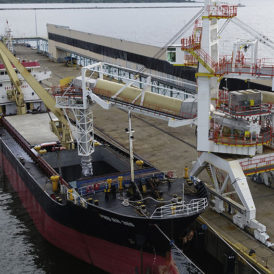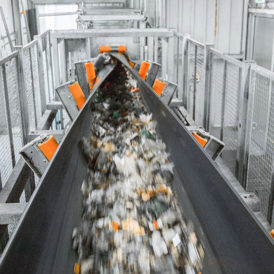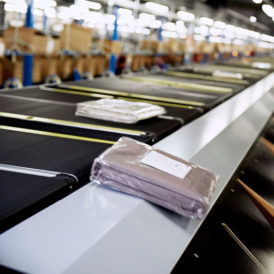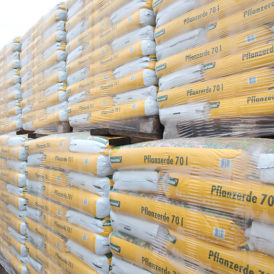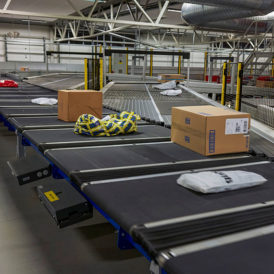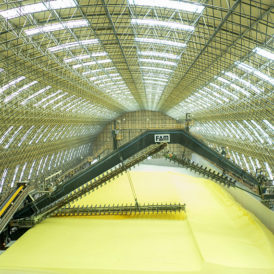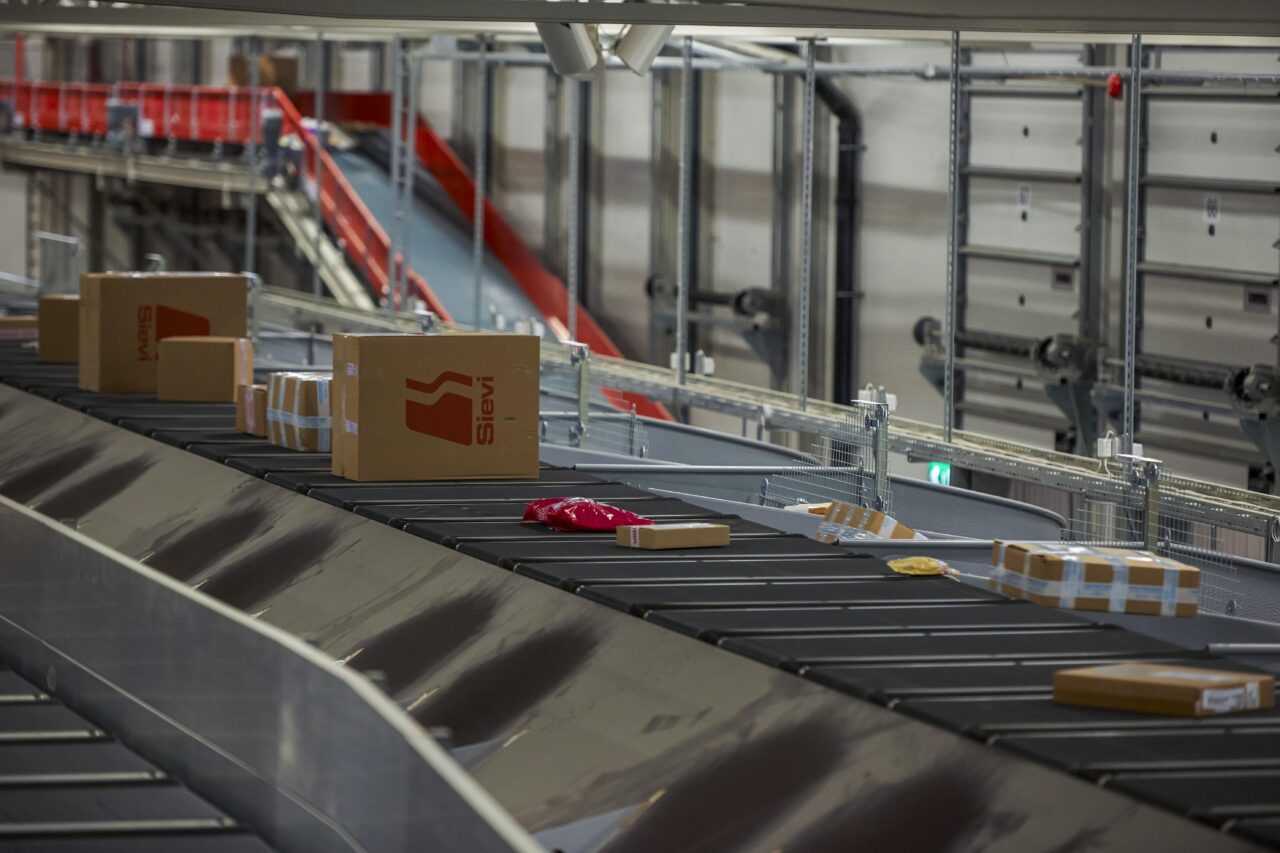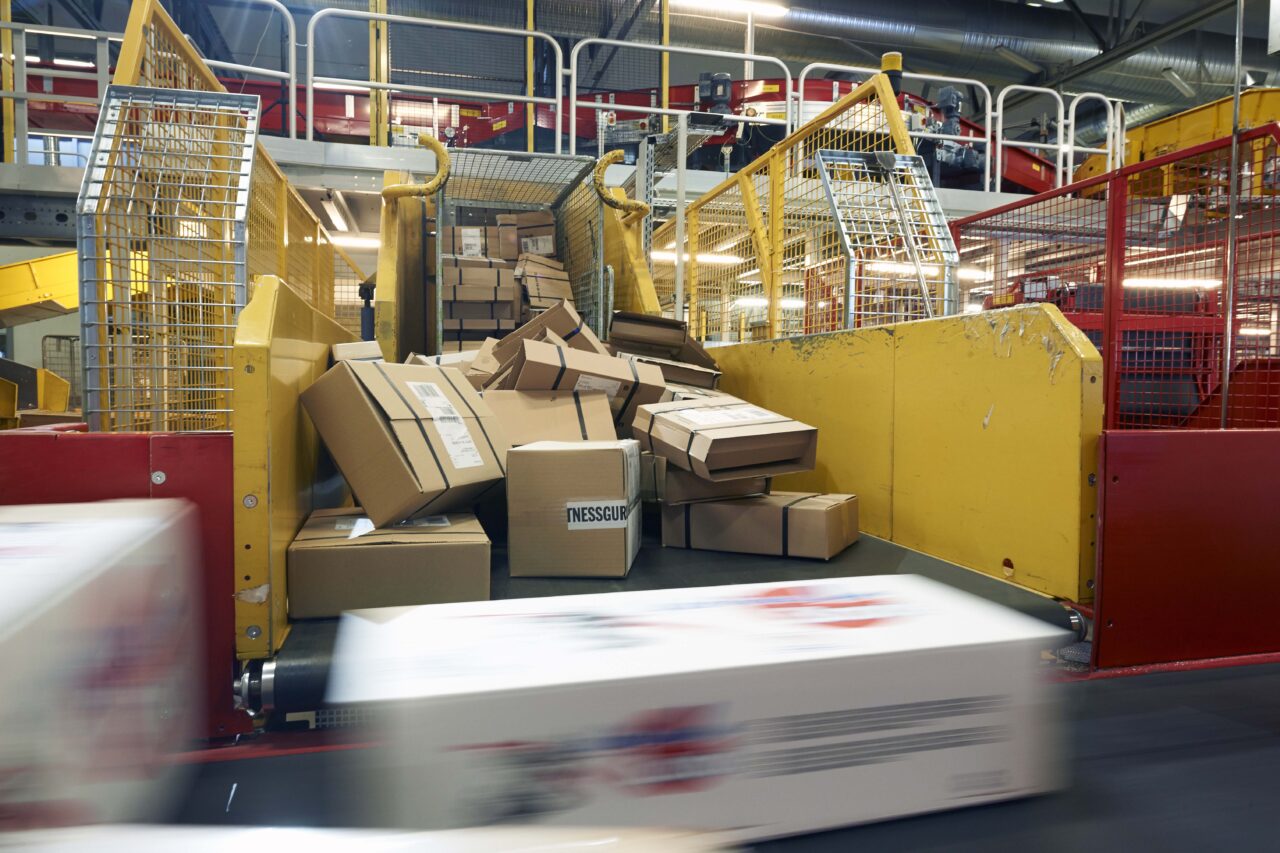The difficulty some new packaging materials create for CEP companies
However, e-commerce retailers are creating a problem further down the supply chain by using new packaging materials.
One unintended consequence is that some automated sortation systems in the CEP industry can have difficulties with efficiently handling and sorting some of the parcels utilising the new types of packaging. This is because some of the new packaging materials can sometimes affect the shape, form, friction level and stability of the parcel.
Unstable items
For example, some recycled plastics are frictionless, making them unstable in sortation. With little or no traction against the mechanical handling equipment of conveyors and sorting devices, it can be difficult for the system to handle the item for gentle handling.
Differently-shaped items
Some new forms of wrapping also change the shape of parcels, impacting their behaviour in the sorting process. Where a mug might previously have been wrapped in primary packaging to protect it, as well as secondary packaging for shipping, such items may now be shrink-wrapped to use less packaging materials. But this changes the shape of a small package to an uneven, odd-shaped shipment that complicates the journey through the automated system and adds more manual processes.
Forms of items
To save time when packaging products for shipping, e-commerce companies often package one or two single items in a large plastic bag. While this practice may be more efficient for the company, the repercussion for the distribution centre is a bag that constantly changes in movement on sortation and conveying equipment.
The impact on the CEP business
Unfortunately, using some of the new types of packaging materials can have unforeseen adverse effects on operational sortation efficiency in distribution centres.
System performance takes a hit as these items get jammed, causing operational disturbances and costly downtime. Their sortation requires manual intervention, meaning more resources and additional supervision time for the material handling equipment.
In the worst-case scenario, whole new parallel systems are required to deal with a greater variety of parcel packaging. Given that most well-designed systems have a lifespan of twenty to thirty years, there is a potential risk for new, entirely fit-for-purpose automated systems becoming obsolete well before their time and creating significant wastage. This makes no sense in terms of sustainability.
Some of these new packaging materials can, therefore, impact both OPEX and CAPEX costs, which in turn, need to be passed on to the CEP customer.
Avoiding solutions that create new problems
From a supply-chain perspective, eco-friendly packaging poses an obstacle even though it has been flagged as a solution to minimise waste. Sustainable packaging, therefore, needs to be connected with the entire supply chain.
This may take raising awareness about the impact of some sustainable packaging materials on the supply chain.
